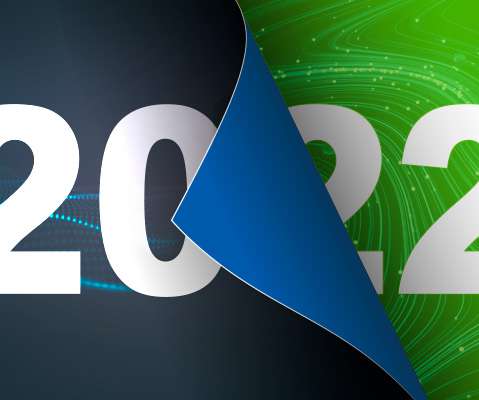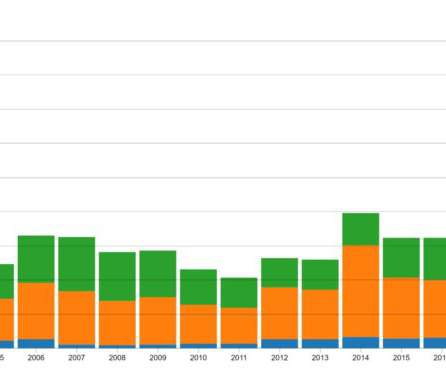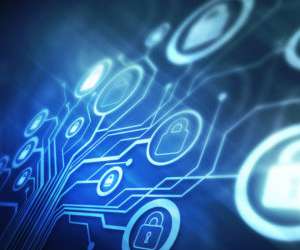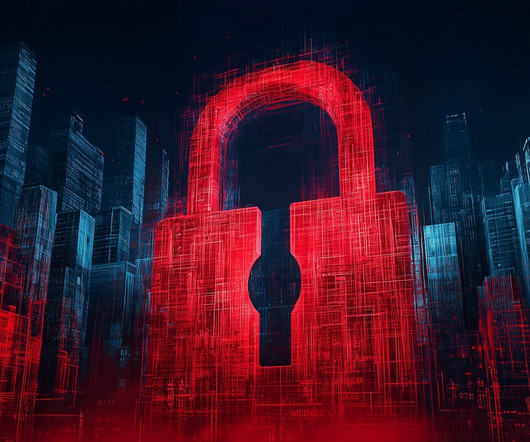Digital Transformation starts with the Employees
Thales Cloud Protection & Licensing
FEBRUARY 6, 2018
As in previous years, digital transformation remained a key theme at the event as well as discussions around artificial intelligence (AI) and IoT technologies impacting the workforce. No matter which opinion you agree with, digital transformation and new technologies will impact the workforce.














Let's personalize your content